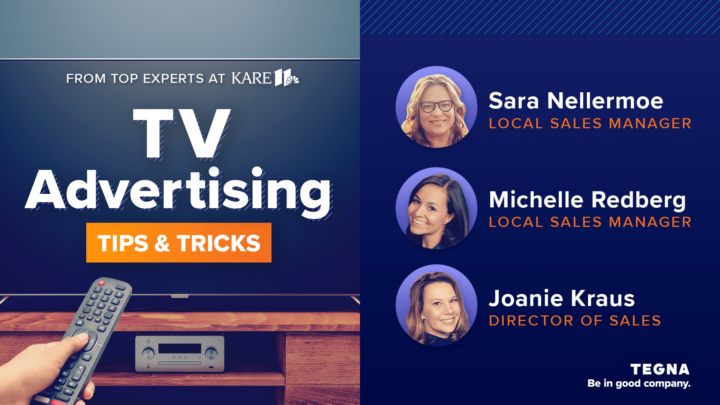Tips for Integrating OTT and TV Advertising for a Bigger Impact on ROI
OTT ad revenues are forecasted to rise to $31.5 billion by 2018, representing a huge opportunity for marketers to take advantage of.

Almost 80% of U.S. consumers have OTT subscriptions, and the average weekly time spent watching OTT is expected to increase to 18.9 hours by 2020. This represents a huge opportunity for marketers, and OTT ad revenues are forecasted to rise to $31.5 billion by 2018.
It’s not just Millennials watching, either. More than 60 percent of OTT viewers ages 25-54, and as a whole, the OTT audience represents a mix of cord-shavers, cord-cutters, cord-nevers, and cord-extenders — industry terms used to describe consumers’ cable subscription patterns.
OTT has started to solidify its place in the media plans of advertisers. But what about TV advertising? Should you choose one over the other?
Integrating OTT and TV Advertising
TV advertising offers opportunities for targeting by placing ads during programming aimed at specific demographics, like gender, age, interests, and more. In addition, local advertisers can buy affordable ad space during national broadcast programming and on cable channels.
Many studies have shown the effectiveness of TV on ad memorability, demonstrating a strong correlation between viewer program engagement and ad recall. Furthermore, TV ads are a significant factor in informing purchase decisions and are particularly effective in triggering emotional purchase decisions.
On the other hand, with OTT, viewers see fewer, more relevant ads. As precision targeting continues to improve, advertisers can achieve greater reach and relevancy efficiencies. It has cross-platform reach via TV, desktop, mobile, and tablet and is particularly effective for building brand awareness and increasing purchase intent.
In addition, OTT advertising can be bundled alongside premium content, targeted as narrowly ZIP code. Ads can be placed using a non-skippable or fast-forward disabled format.
Tips to Integrate OTT and TV
- Start by identifying the target audience and determining key demographics and psychographics. It’s important to include media use in your target audience research and understand where they spend the most time. What types of devices do they use? Are they plugged in, mostly mobile, or a combination?
- Segment your audience accordingly and develop an OTT/TV strategy to reach them where they are. The easiest way to get started with OTT is to add it to your existing marketing plan.
- Ensure that your creative is attention-grabbing and that it’s designed and optimized for all video platforms.
- Include a strong CTA with clear next steps for your audience to take. Consider alternatives to the standard “Learn more” or “Shop now” links and come up with something fresh or unconventional while encouraging viewers to stop by your store or visit the website.
Final Thoughts
TEGNA specializes in maximizing video marketing ROI across television, streaming, and digital platforms. With stations across the US, we can help you reach your target audience and your campaign goals. Contact us now to see how TEGNA can help you.




















